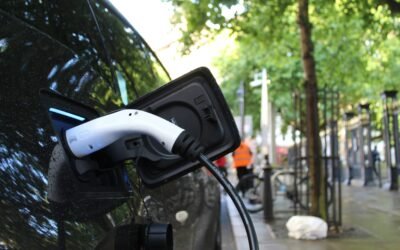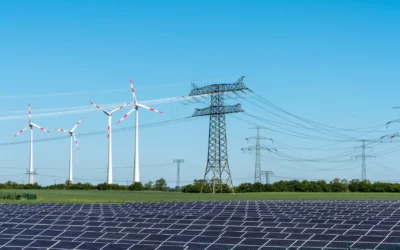The “loss and damage” fund is an official acknowledgement of the fact that poorer countries have been disproportionately struck by climate disasters and will need assistance in tackling such catastrophic events in the future. Around 200 countries signed the deal, but there have reports that in order for some countries to agree to the fund for vulnerable countries, a tradeoff took place in the form of relaxing the hold on commitments limiting global warming to 1.5 degrees Celsius.
The mitigation agenda, therefore, did not see many updates to it. Of the 200 countries that had been asked to update their national climate targets before COP27, only a fraction had submitted updated ones. No new commitments on the phasing out of fossil fuels were agreed on, nor was there any agreement on increased greenhouse gas cutting. While countries such as India did try to get a consensus on the phasing out of all fossil fuels, the goal was ultimately compromised in order to set up the “loss and damage” fund.
There were some attempts to do away with the 1.5 degrees Celsius Paris Agreement limit on global temperature rises, which were thwarted. However, most disappointingly, the resolution to have emissions peak in 2025 was taken back.
Adaptation seemed to be the primary focus of this year’s climate conference. In order to help countries become more resilient to the effects of climate change, adaptive techniques such as restoring mangrove swaps and reforestation are more important than ever. Such measures require financing, which the Glasgow conference had promised to double from USD 20 Billion. There were attempts to remove this, as well, but were ultimately unsuccessful.
In conclusion, the COP27 has seemed to accomplish one extremely important goal at the cost of compromising on other crucial ones. Altogether, there seemed to be more debate around climate change than actions to mitigate its impact.
Contact Sales:
Europe
+49-89-12250950
Americas
+1 408-604-0522
Japan
+81-80-7808-1378
GCC/Rest of APAC
+971-58-1602441
More about our:
Services
Recent Insights
Exploring the European EVCI Services Market Key Players and Emerging Trends
There has been a significant surge in the development of EVCI due to the widespread adoption of EVs in Europe. By 2030, it is expected that Europe...
Nordics EVCI Market Comparison: Quarterly Growth and Market Dynamics – 2024
This infographic examines the ambitious policies and regional targets that are propelling the growth of Electric Vehicle Charging Infrastructure...
Europe’s Switch to Sustainable Power: The Rise of Solid-Insulated Switchgear
As Europe intensifies its shift towards sustainable energy solutions, Solid Insulated Switchgear (SIS) is emerging as a key technology in the...


